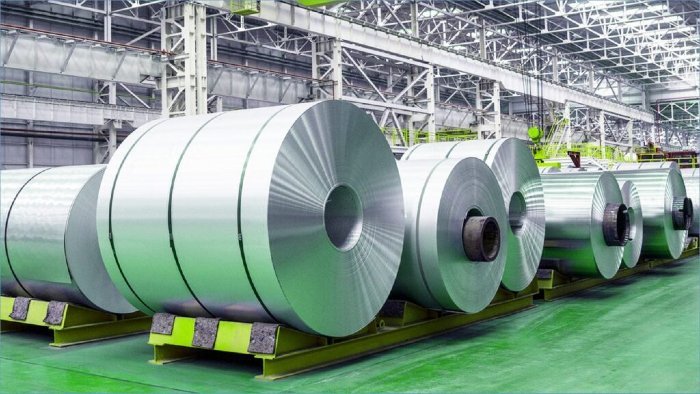India’s Minister for New and Renewable Energy, Raj Kumar Singh, conveyed to a gathering of government and industry representatives from the iron and steel sector that there is a possibility of increasing subsidies for green hydrogen usage beyond the already allocated Rs 4.55 billion ($54.7 million).
The steel industry, responsible for 7% of global emissions and approximately 12% of India’s CO2, currently relies on coal-fired blast furnaces for iron ore smelting. However, the use of hydrogen in the reduction of iron, followed by processing in electric arc furnaces powered by clean energy, could lead to steel production with nearly zero emissions.
Singh emphasized the government’s intention to facilitate the industry’s transition, stating that adopting green hydrogen would significantly reduce carbon content. Some manufacturers have already initiated experiments with green hydrogen in the steel sector.
JSW disclosed plans for a 3,800-tonnes-per-year green hydrogen pilot plant in Rajasthan to supply its Vijayanagar steelworks in Karnataka. However, the transportation method for hydrogen over the 1,600 km distance between the two sites has not been disclosed.
While Singh announced the funding available for green steel through the hydrogen pilots program in September, the exact allocation mechanism is yet to be disclosed. The recent meeting aimed to determine transparent avenues for channelling funds to accelerate the transition, addressing technology gaps.
Singh had previously suggested the possibility of a mandate for industries, including steel, to use renewable hydrogen, with ongoing discussions with other affected ministries.
Green steel production is considered one of the most efficient applications for clean hydrogen in terms of emissions reduction per kilogram of H2. It also holds potential as an export product for regions producing cost-effective H2, offering an alternative to shipping the molecule directly or through carriers.







